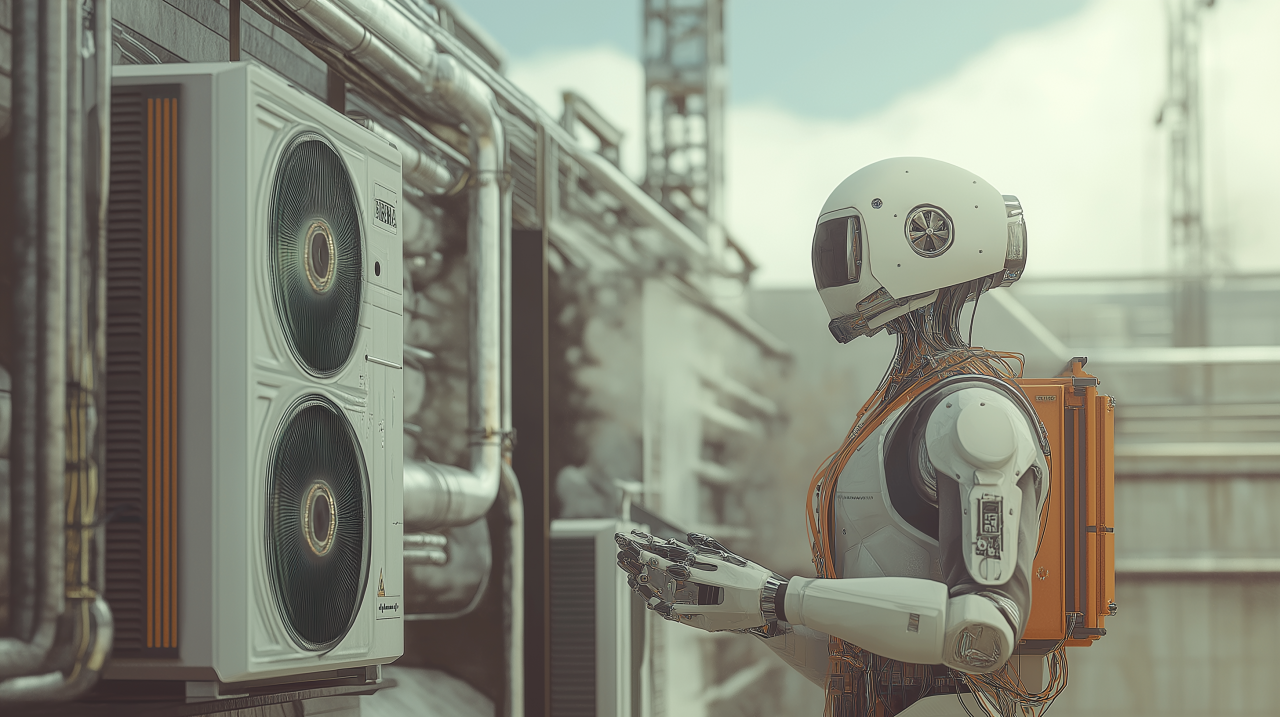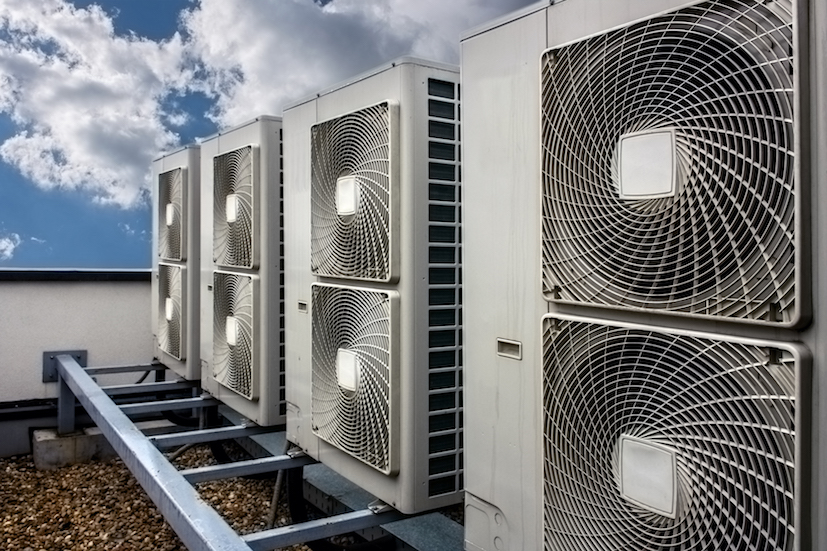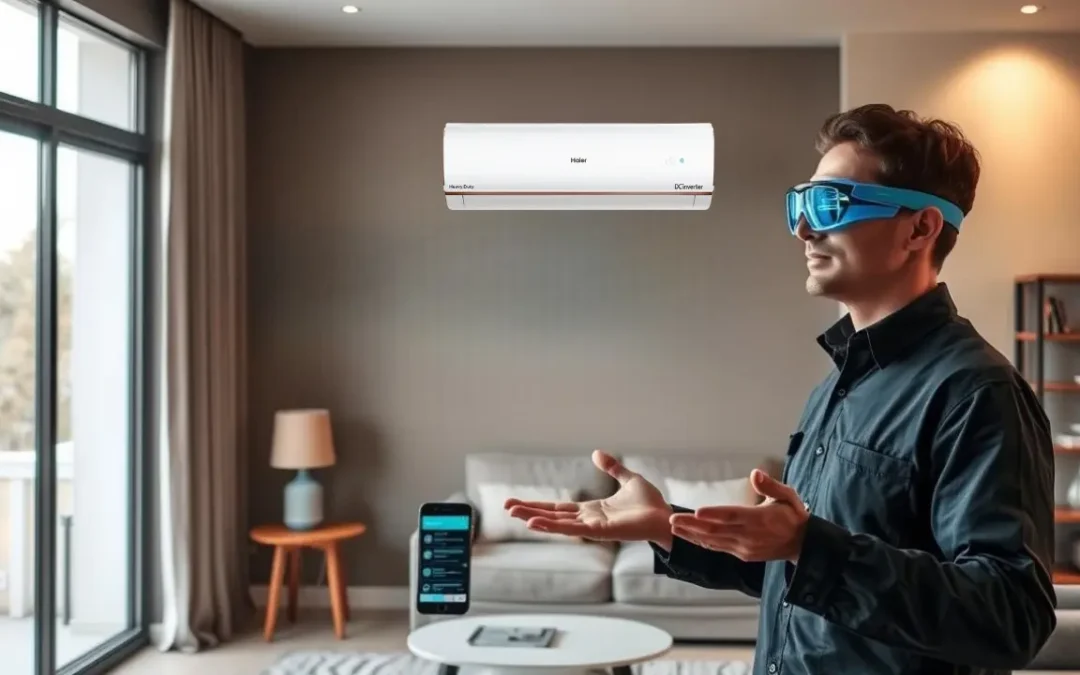In the rapidly evolving world of technology, the integration of AI and digital twins is revolutionizing the way we approach HVAC diagnosis. This innovative approach is not only enhancing the efficiency and accuracy of diagnosing HVAC systems but also paving the way for a new era in system management. By leveraging the power of AI and digital twins, industry professionals are now equipped with advanced tools to predict, analyze, and optimize HVAC systems like never before.

The Role of AI in HVAC Systems
AI plays a crucial role in transforming HVAC systems. By utilizing machine learning algorithms, AI can predict potential failures, optimize energy consumption, and ensure the smooth operation of HVAC systems. This technology not only improves the system’s efficiency but also extends its lifespan.
Predictive Maintenance with AI
One of the most significant advantages of AI in HVAC systems is predictive maintenance. By analyzing data from various sensors, AI can predict when a system component might fail. This allows for timely maintenance, reducing downtime and repair costs. For more on how AI aids in predictive maintenance, visit Real-time Anomaly Alerts.
Energy Efficiency Optimization
AI is also pivotal in optimizing energy efficiency. By analyzing usage patterns, AI can adjust system settings to reduce energy consumption without compromising comfort. Learn more about HVAC Energy Usage Patterns.
What Are Digital Twins?
Digital twins are virtual replicas of physical systems. They allow for real-time monitoring and diagnosis of HVAC systems, enabling professionals to test various scenarios and predict outcomes. This technology is crucial for optimizing system performance and reducing operational costs.
How Digital Twins Enhance HVAC Diagnosis
By creating a digital twin of an HVAC system, professionals can simulate different conditions and diagnose potential issues before they arise. This proactive approach minimizes system failures and enhances overall efficiency. For more insights, check out AI-Powered Reports.
Integration of AI and Digital Twins
The integration of AI and digital twins creates a powerful synergy. AI algorithms analyze data from the digital twin to provide actionable insights, leading to smarter decision-making and improved system performance. This combination is a game-changer for HVAC diagnosis.
Benefits of AI and Digital Twins in HVAC Diagnosis
- Improved accuracy in diagnosing issues
- Reduced operational costs
- Enhanced energy efficiency
- Prolonged system lifespan
- Real-time monitoring and adjustments
Challenges and Solutions
While the benefits are numerous, there are challenges in implementing AI and digital twins in HVAC systems. These include high initial costs, data privacy concerns, and the need for skilled personnel. However, as technology advances, these challenges are gradually being addressed.
Overcoming Financial Barriers
Initial costs can be a barrier for many businesses. However, the long-term savings in energy and maintenance costs often outweigh the initial investment. Exploring HVAC Service Innovations can provide more insights.
Ensuring Data Security
Data security is paramount when dealing with AI and digital twins. Implementing robust security protocols and ensuring compliance with data protection regulations can mitigate these concerns.
Future of AI and Digital Twins in HVAC
The future of HVAC systems lies in the seamless integration of AI and digital twins. As technology advances, these tools will become more accessible and efficient, leading to smarter, more reliable HVAC systems.
Continuous Advancements
Continuous advancements in AI and digital twin technology will further enhance their capabilities. This will lead to even more efficient and reliable HVAC systems, benefiting both industry professionals and end-users.
Adoption Across Industries
As more industries recognize the benefits of AI and digital twins, adoption will increase. This will drive further innovation and development in the field, leading to more advanced HVAC solutions.
Conclusion
The integration of AI and digital twins for HVAC diagnosis is transforming the industry. By enhancing predictive maintenance, optimizing energy efficiency, and providing real-time diagnostics, these technologies are setting new standards for HVAC systems. As we move forward, the continued development and adoption of AI and digital twins will undoubtedly lead to a brighter, more efficient future for the HVAC industry.

FAQs
What is the role of AI in HVAC systems?
AI enhances HVAC systems by predicting failures, optimizing energy use, and improving overall system efficiency.
How do digital twins work in HVAC diagnosis?
Digital twins create virtual replicas of HVAC systems, allowing for real-time monitoring and diagnostics.
What are the benefits of integrating AI and digital twins?
The integration leads to improved accuracy, reduced costs, enhanced efficiency, and prolonged system lifespan.
This article contains affiliate links. We may earn a commission at no extra cost to you.
